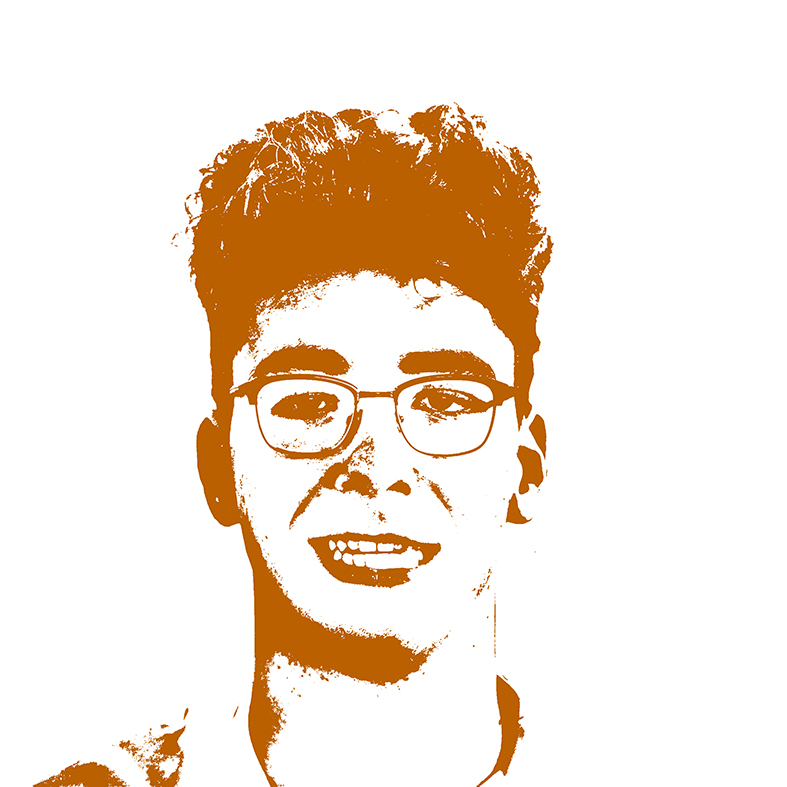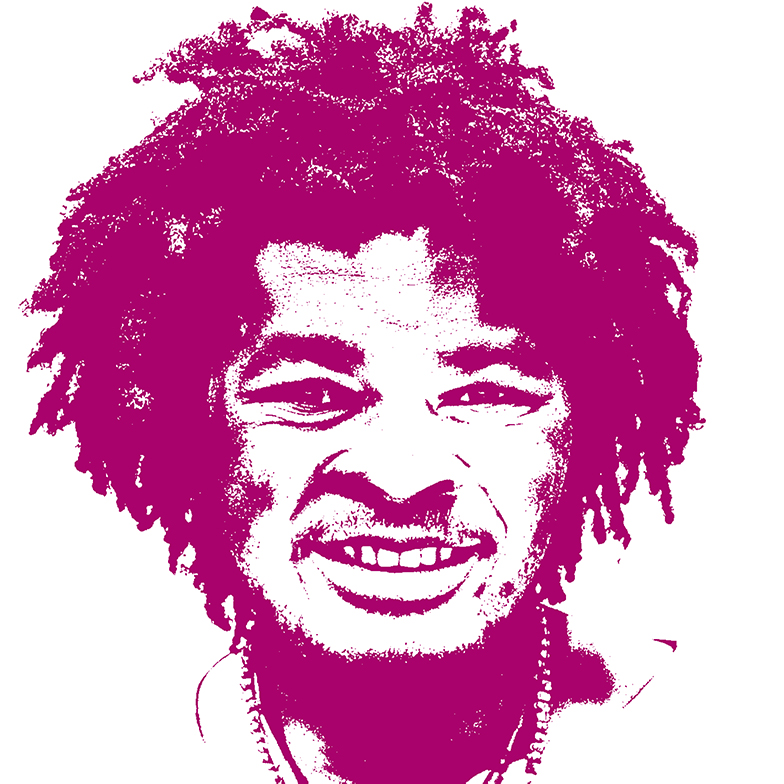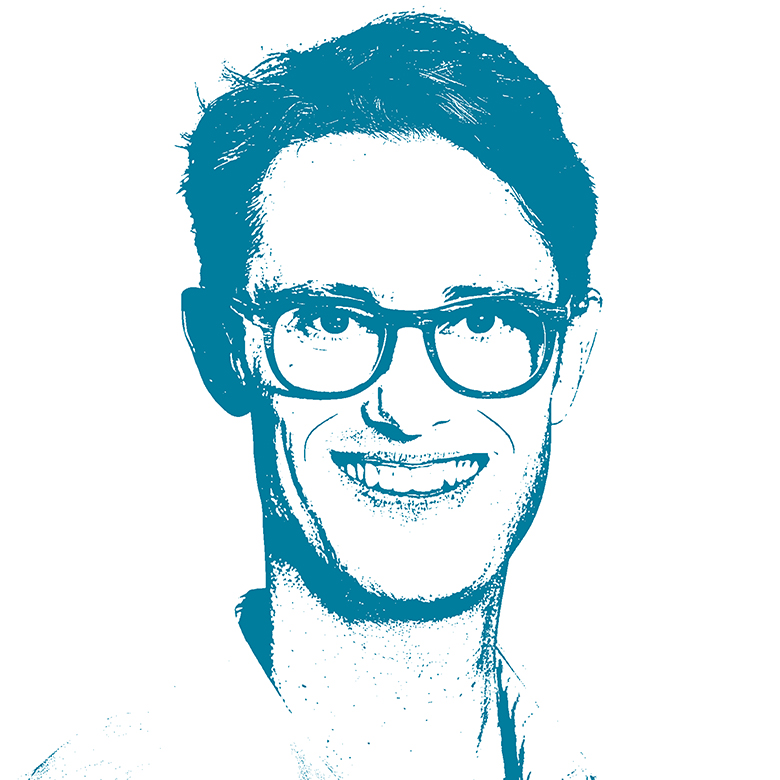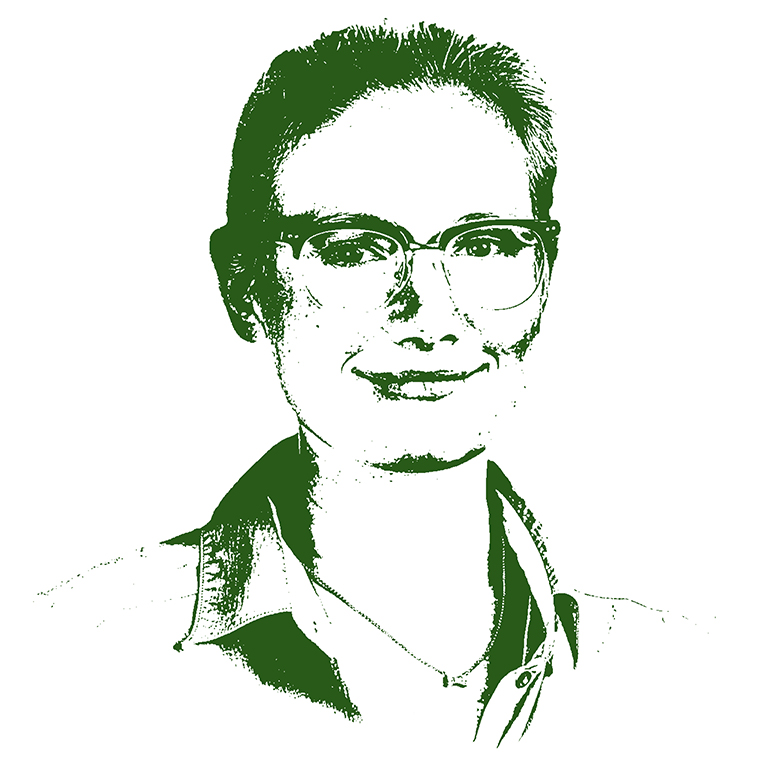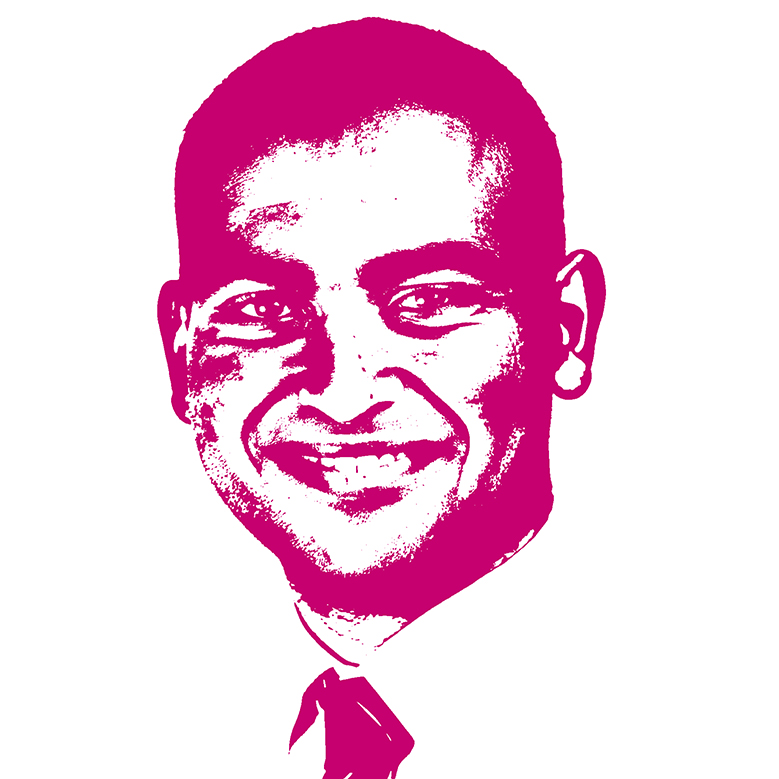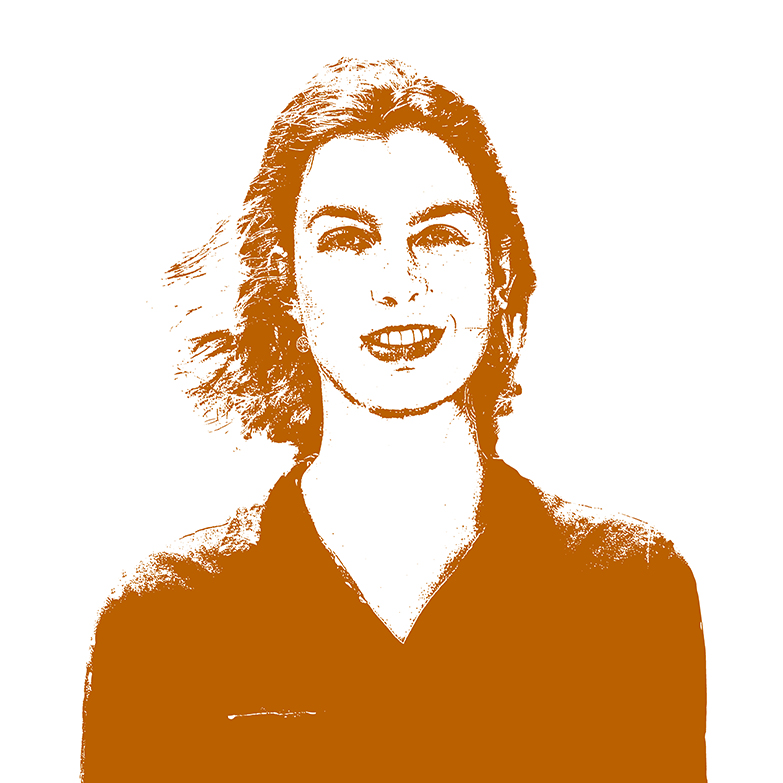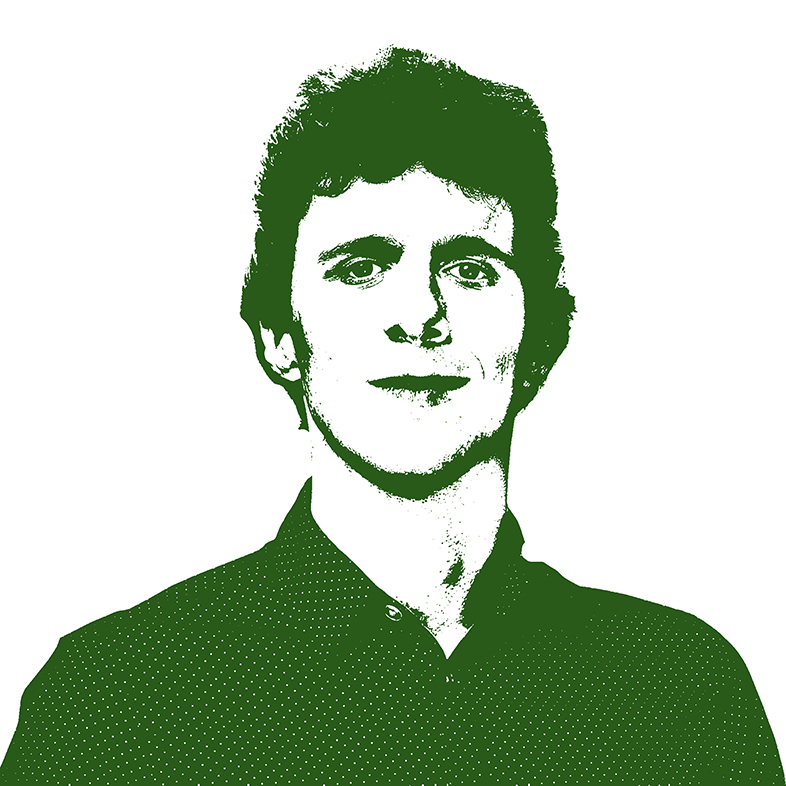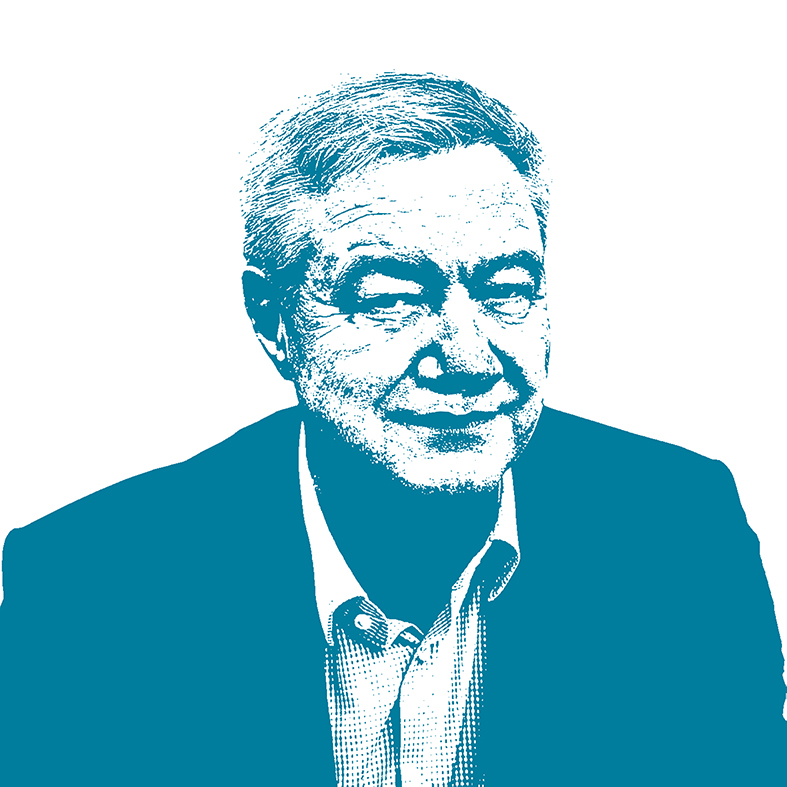ETH – built on diversity
Diversity, referring to the variety that exists within a group, abounds wherever many different people come together. ETH itself is very much an example of a cultural melting pot. But what does “diverse” actually mean, and how do people at ETH deal with it?
The most important thing to highlight when defining diversity is that the people who use the word tend to view the variety within a group in a positive light. In practice, this means that differences between people are recognised and celebrated – even seen as something that the whole group can learn from.
As each individual is different, it is theoretically possible for a group to be as diverse as the number of its members, but it can be difficult to work on such a variegated level in practice. What this means is that we generally use six factors as a basis for categorising people nowadays: ethnic background and nationality, gender, age, sexual identity and orientation, religion, and physical disability or mental illness. For places like ETH, these are considered the crucial aspects of identity.
International, young and male
In order to assess the diversity of ETH’s workforce, which numbers around 12,000, we first need to know a few facts and figures. The people who work at ETH come from 111 different countries – and among them, 52 percent or 6,260 employees do not come from Switzerland. The proportion of women has remained stable for the last 10 years at around 35 percent. Most employees are between 20 and 34 years old, and this represents the largest age group at around 7,500.
As a comparison, only around 440 employees are over the age of 60, showing that ETH is a young organisation. No figures have been recorded for the other three factors, perhaps because sexual identity, religion and the presence of a physical disability or mental illness are often considered to be very private items of information. But more on that later.
ETH President Joël Mesot believes one thing is clear: “There are many excellent reasons why diversity is important for ETH. We know from studies that diverse teams are more efficient, more successful and more creative, plus they can react better to unforeseen circumstances. But there’s even more to it than that. As a university, we act as a role model. For me, that means we need to create an environment that is fair, in which a wide variety of people feel at home, feel accepted and can reach their full potential. We still have a lot to do in this area, which is why diversity is a top priority for us.”
ETH to become barrier-free
Building on this, the Equal! specialist unit – whose main focus has so far been equal opportunities for men and women – will be turning its attention more to diversity in the future. Some initiatives have already been launched, such as the “Barrier-free at ETH Zurich” project. These involve first analysing the infrastructure and administrative situation facing various groups: “We examine whether we can give additional support to ETH members who have a physical disability or mental illness, follow a specific faith or are part of the LGBTQ+ community, for example,” says Renate Schubert, who is Associate Vice President for Equal Opportunities and a member of the project team.
But does that mean the concerns of women and their justified demands for equal opportunities will end up being drowned out? “No, quite the opposite, in fact! If ETH zeroes in on the needs of various groups – including the smaller ones – and if it identifies issues and actively seeks to make improvements, then we will develop a culture that will certainly benefit women too.”
One example Schubert mentions is the eradication of prejudice. In future, ETH members who make personnel decisions can take part in workshops, learning to recognise the stereotypes they hold about people and developing strategies for dealing with them.
Change through bottom-up initiatives
However, diversity cannot just be something that is decreed from above. This is why it is so important for ETH to promote its numerous bottom-up initiatives that are championing greater diversity and, above all, positive approaches to diversity. The Academic Association of Scientific Staff at ETH Zurich (AVETH), for example,
has had a diversity representative, doctoral student Iris Hordijk, on its board since last November. “I feel that I have integrated very well into my research group, but I’m convinced that we could be even more successful if we had more women on the team,” says Hordijk. As a result, Hordijk wants to use her position first and foremost to campaign for an increase in the percentage of women at ETH.
It is not just AVETH that is planning to expand its activities and establish an entire diversity team. Diversity groups have also popped up in various departments, such as the Department of Information Technology and Electrical Engineering. Since the beginning of the year, the group of around ten members has been trying to bring positive aspects of diversity and inclusion to life. It has organised seminars to this end, on topics including the role of diversity in innovation and change, as well as social events like an international food bazaar.
“New ideas require friction”
There are also managers who are fully dedicated to increasing diversity. Among them is Ralph Spolenak, Professor of Nanometallurgy, who has brought together people from 12 nations in his group. Women make up 25 to 30 percent of the group (“Sadly far too low,” Spolenak says) and members range from 20 to around 60 years old.
From a very diverse background himself, he is convinced of the positive effects that a highly mixed group of people can bring: “The key thing for me is being able to draw on different ways of thinking. Other social and cultural influences broaden my horizons and help me to reflect more on my own behaviour. New ideas require friction.”
But Spolenak is equally aware of the obstacles – often, it comes down to who will fit well with whom.
Diversity research has shown that cultural and linguistic differences can give rise to misunderstandings, potentially leading to individual team members feeling that their voice is not being heard or they are being forced to make significant adjustments. Therefore, the concept of diversity also poses many questions. Do I have to work more because my colleague has a mental illness? What if my prayer times overlap with group meetings? And do I now have to completely avoid pronouns with non-binary people – those who do not feel as if they belong to either gender?
Invisible minorities
Several associations are active in the academic landscape, advocating for more respect and inclusion at ETH Zurich regarding gender identity and sexual orientation. One of those involved is Riccardo Ferrario, doctoral student at ETH and president of z&h, which is an association for LGBTIQ+ students in Zurich. At ETH, he does not feel discriminated against because of his sexual orientation: “A lot has already been done to increase acceptance. We have good lines of communication with Equal! as well as Rector Sarah Springman, who always has a sympathetic ear for our concerns.”
People of faith and those with a physical disability or mental illness are a lot less vocal. life wants to give a voice to these people as well as other minorities, something which Joël Mesot fully supports: “Advocating for a group’s concerns and playing a constructive role automatically contributes to diversity at ETH – it makes our university a more varied and more exciting place to be.”
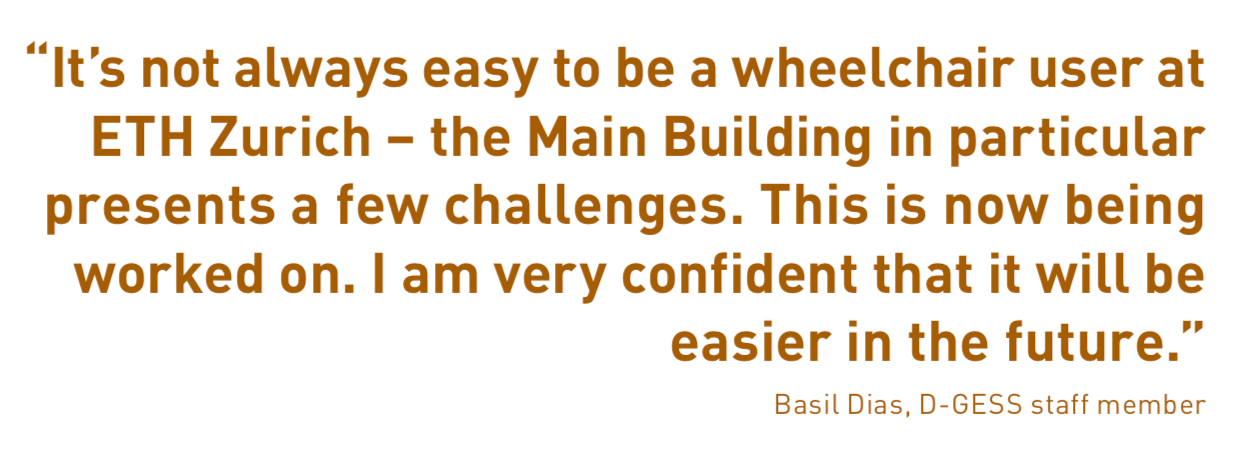
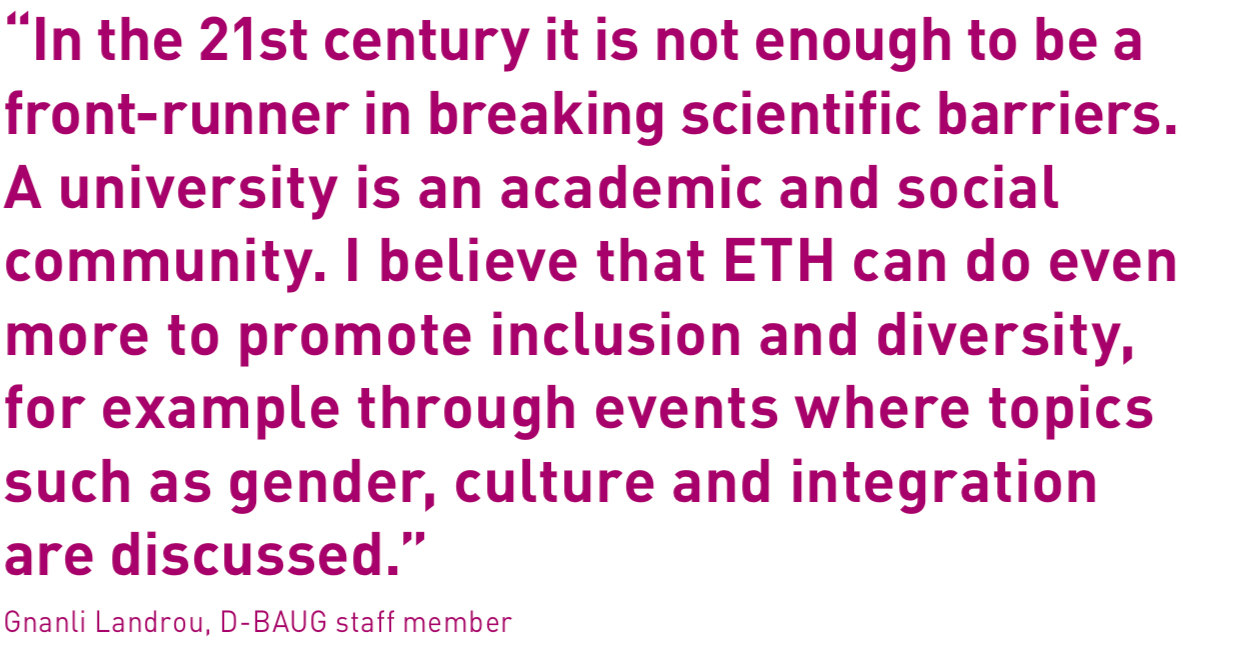
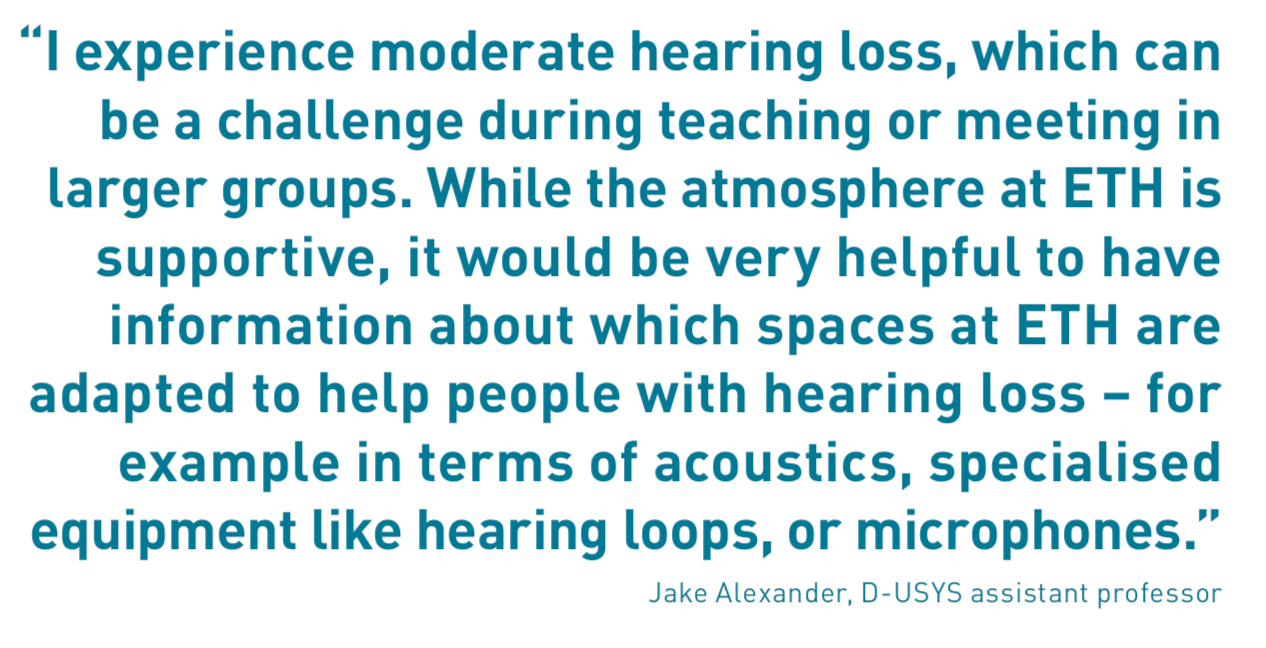
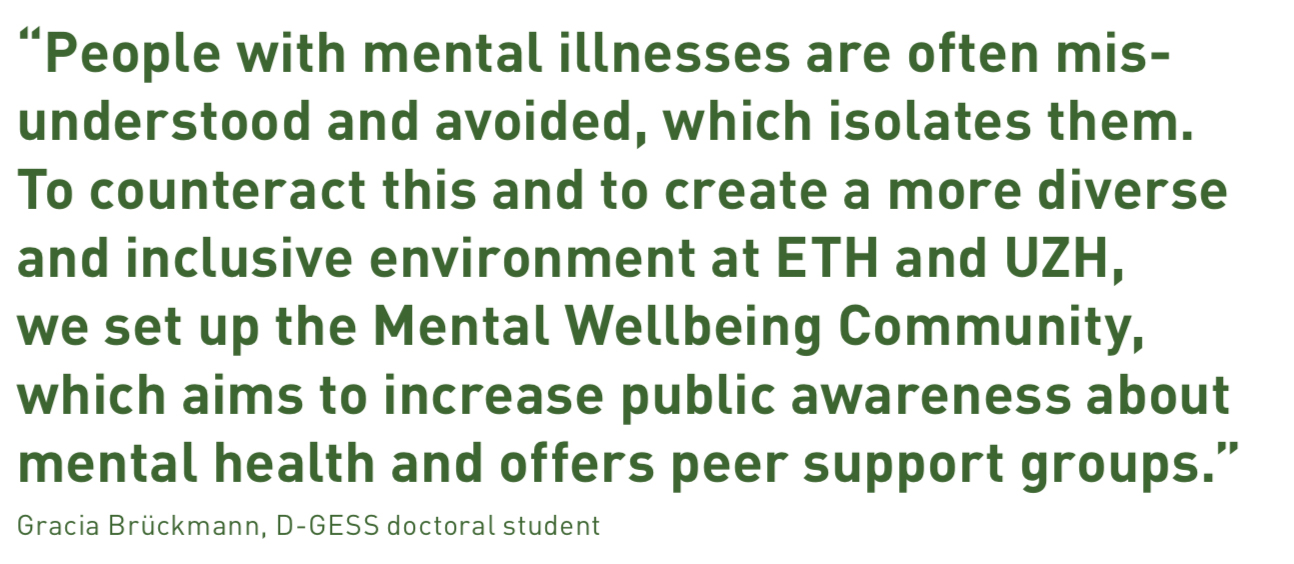


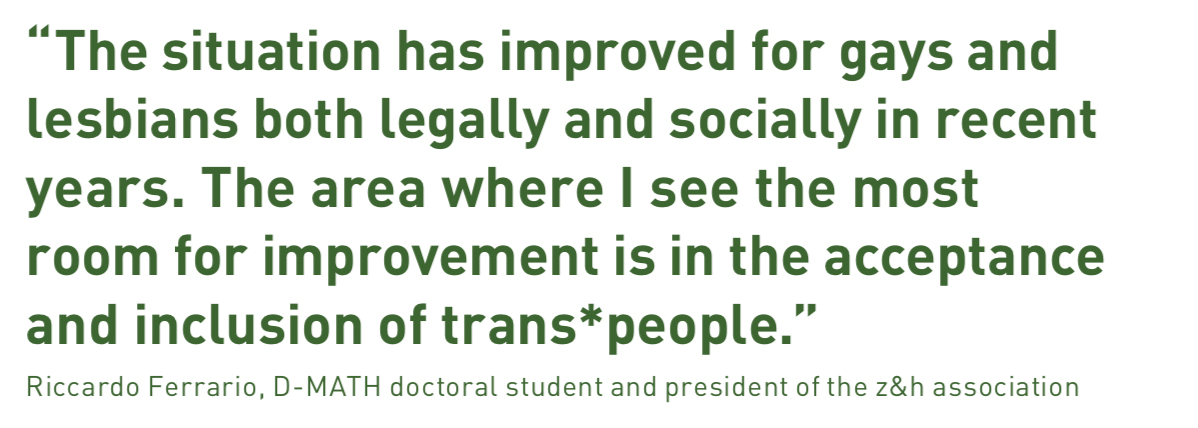
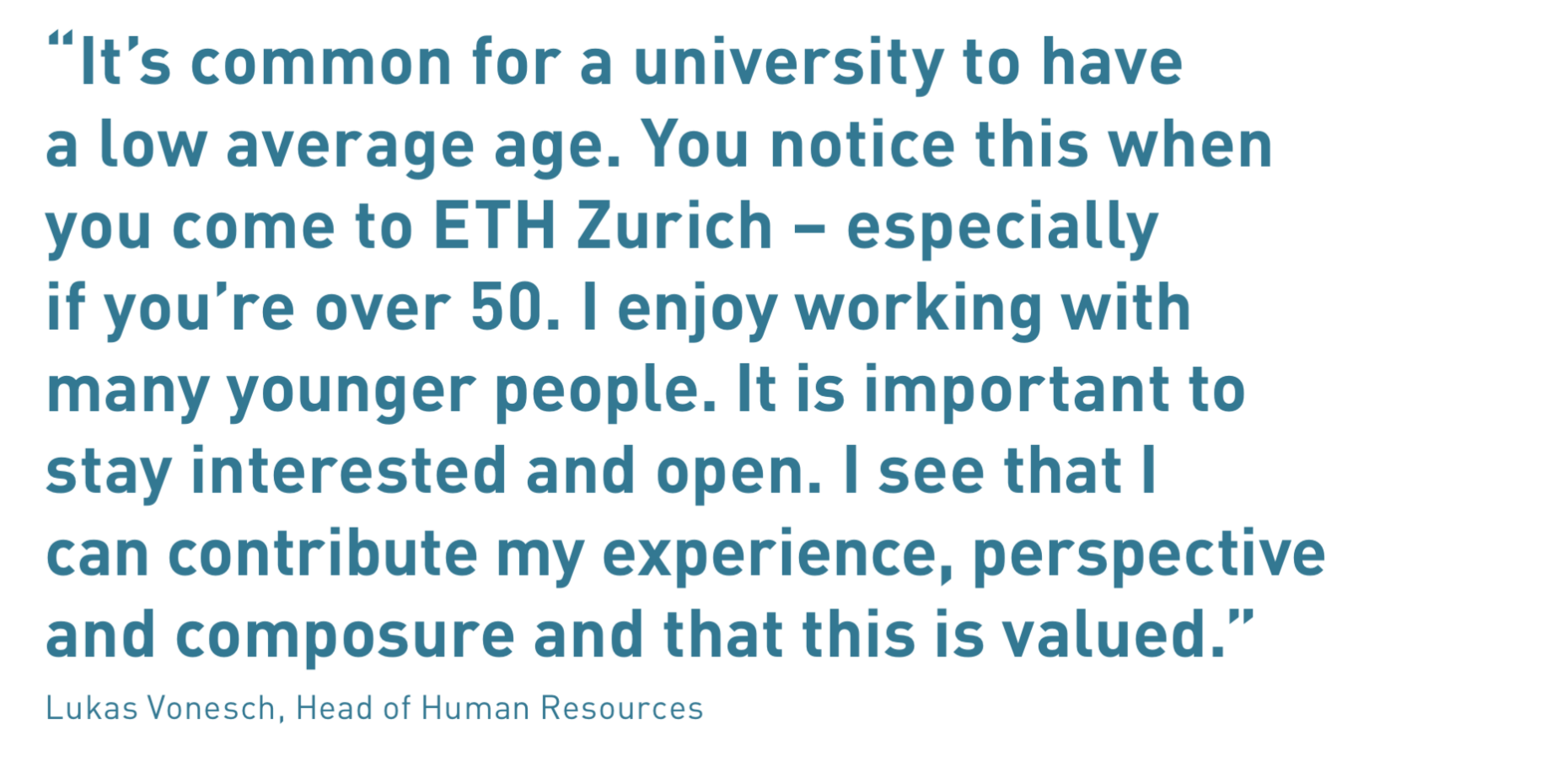
The new ETH magazine "life" is out
This article is the cover story of the current issue of «life»
